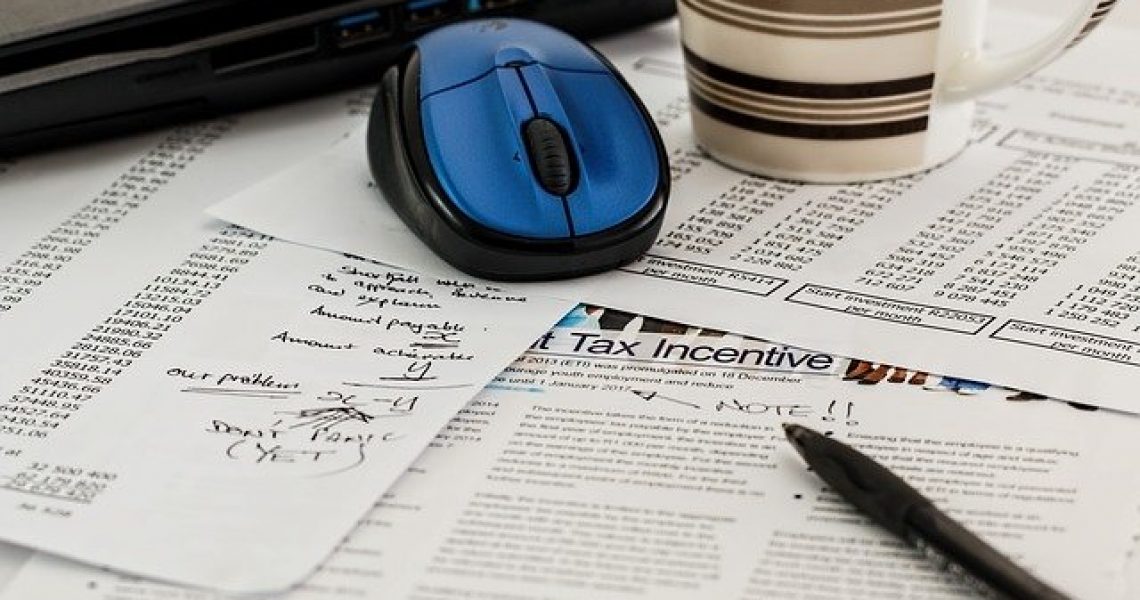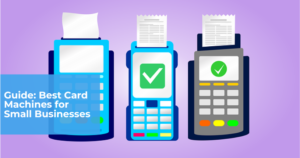A year-end checklist is a formalised list of jobs you set yourself at the end of the financial, business, or calendar year. We’ve outlined why it’s important to create an end-of-year checklist and the 12 steps sure to give your business a boost.
Why create a year-end checklist?
Running a small business can mean you continually have several tasks to complete at once, which becomes increasingly important as the year comes to a close. As such, creating a checklist can be helpful in many ways, including improved organisation and decision making.
Index:
Handle outstanding invoices
The first and most important task to complete is to go through your books for the year and highlight any outstanding payments, whether owed or expected. This means:
- Reviewing accounts payable and receivable, to settle all debts.
- Reviewing the expected payment date on all invoices and following up with customers on late amounts.
If a customer cannot settle an invoice by the due date, establish a payment plan that suits both parties (making sure to have their agreement in writing). Avoid future delays by taking advantage of a computerised invoicing system that sends out automated bills to customers and clients and does the chasing for you.
Run through financial statements
After processing any outstanding year-end payments, it’s time to go through your annual financials, including balance sheets, income statements, and cash-flow statements. Here, you should review:
- Profits and losses
- Assets and liabilities
- Deferred revenue
- Services paid for but not yet received
- Special circumstances
While filtering through your financial records, it’s important to tackle any inaccuracies as you go along – or schedule a meeting with an accountant who can offer professional assistance. Before panicking, though, red flags might have reasonable explanations, including:
- Newly hire employees
- Voided or reversed employee pay
- Active payroll disputes
If neither you nor an accountant are able to resolve any irregularities, however, you’ll need to work out the potential impact on your overall financial standing.
Organise business receipts
Organising business receipts helps to take the stress and worry out of managing your company’s incomings and outgoings. Categorising financial documents not only makes it much easier to access your accounts if a problem arises, but also allows for a more straightforward internal auditing process.
A simple but effective organisation method is subscribing to receipt tracking software; recording all purchases and sales through an app or online portal, such as that which is available through SimplyPayMe, means you don’t have to worry about looking after paper copies.
Back up your financial records
Your business’ year-end financial records are evidence of how you’re performing, as well as how much tax you’re liable for, so it’s important to look after all documentation. Or, even better, create duplicates!
Similar to the way we recommend you organise your business receipts, it can be helpful to store all financial records and information within an online portal that regularly saves backups with each new entry. Not only will this mean you won’t have to manually make physical copies, but it also gives you peace of mind and lets you focus your attention solely on improving business performance.
Start tax-planning early
With your financial reports all complete (and backed up!), it’s time to fill out your small company tax return. This is a mandatory submission that reports on all factors related to your tax liability (i.e. earnings and losses). There are ways you can reduce the amount of tax owed, though, including:
- Deferring incomings until the new year (to reduce taxable income)
- Incurring expenses (including anticipated expenses for the new year)
While taking certain steps can reduce your tax payments for the year, it’s important to remain on the right side of the law. If in any doubt at all, consider consulting a tax lawyer, to receive unique advice for your business.
Confirm payroll is correct
Before finishing up for the year, make sure your business’ payroll is correct and up-to-date, including taking the following into account:
- Tax-deductible benefits
- Commission
- Health and life insurance
- Pensions
- Employee transport expenses
- Bonuses
Moving forward, try to plan ahead for any employee pay increases or growth within the company (i.e. new hires).
Budget for the new year
Once you’re comfortable that all financial data from the previous year is accurate and up-to-date, you can start to look towards the future. Compare your business’ budget from the year just passed against actual outcomes, keeping an eye out for spending patterns, and use this to tailor your new budget.
Verify vendors and suppliers
As the year comes to a close, take the time to evaluate your existing vendors, as well as any potential partnerships that could benefit your business. If you believe you could be getting a better deal, either with your current vendor or elsewhere, consider negotiating on costs or moving at the end of the contract.
Conduct an inventory check
Inventory checks are an important part of business administration, allowing you to physically track and monitor product and stock levels. Conducting a stock check at the end of the year enables you to check whether the value of any remaining goods aligns with your balance sheets. If you do register any discrepancies, there could be a couple of common reasons: shrinkage (waste, theft, loss) or human error.
Reflect and re-strategize
As a business, it’s important to set both attainable and aspirational goals at the start of each year. Take a look back at the targets you set 12 months ago, and assess which areas you succeeded in and where you fell short, to generate new objectives and predict potential challenges.
Offer employee benefits
While financial performance should, of course, be high on your end-of-year agenda, it’s important not to overlook the people who keep your small business ticking over. As you analyse year-end performance, consider whether there’s room to offer employees additional benefits, as a way of boosting morale. For instance:
- Extra holiday for family time over the holidays
- Company/team socials and parties
- Flexible working to shop over Christmas
Plan time away from business
Just as you should be thinking about the ways you can boost employee morale at the end of the year, don’t forget to also take some time out for yourself.
Running a small business can be stressful, especially if you’ve had to address pandemic-related difficulty, so plan a holiday or period away from your laptop to refresh and recuperate. Additionally, if you’ve any business benefits remaining, try to use them before losing them in the new year.
Summary
Hopefully, you’ve found our guide helpful and you now understand how to approach a year-end checklist. To recap, we’ve created a digestible list of essential steps:
- Handle outstanding invoices
- Run through financial statements
- Organise business receipts
- Back-up your financial records
- Budget for the next 12 months
- Start tax planning
- Confirm payroll is correct
- Verify your vendors
- Conduct a thorough inventory check
- Reflect and re-strategize
- Offer employee benefits
- Take time out for yourself
As the year comes to a close, it’s crucial that you tie up any loose ends or accounting irregularities, so that you can go into the next 12 months fresh and ready to deliver success. For even more expert business guidance, check out the latest over on our blog.












